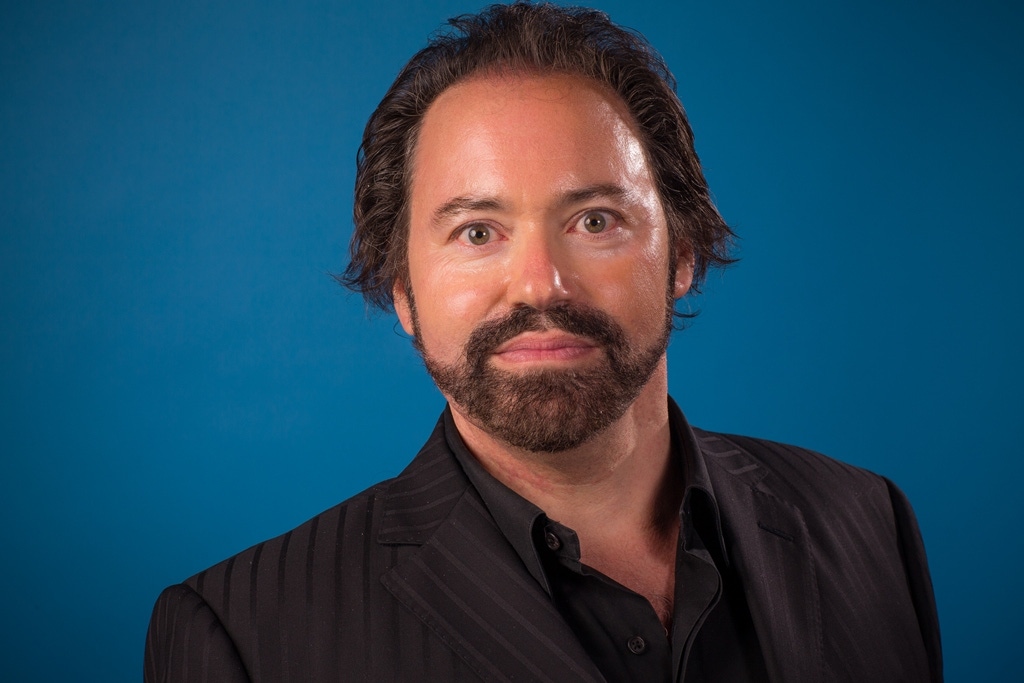Time for New Business Model for Automakers?
Who doesn’t think GM, Ford, Toyota and FCA could not have been the first “Uber”?
January 5, 2017

In a previous column, I contrasted the value Wall Street and private-equity funders place on Uber, Tesla and other startups with the much lower valuations put on Ford, General Motors and Fiat Chrysler.
The money folks and the public at large see automakers as fodder for the “disruptors” who they perceive as knocking down the “smokestacks.”
This is despite the fact that those startups with high valuations don’t currently make anywhere close to what the automakers take in, and won’t in the foreseeable future. Tesla is a financial basket case (more so after the Solar City acquisition) and Uber, while it took billions of value out of the taxi-cab industry, so far hasn’t reaped that in bottom-line profit. (Worldwide, it shows a bottom-line loss.)
In the earlier column, I pointed out the startup world is more skilled at “selling the vision,” yet traditional vehicle manufacturers have more going for them structurally. If they ever did acquire this vision-selling skill, with dealers helping to carry the message to the public, they could really change perceptions.
Maybe there is more to it. Maybe automakers’ organized structure blocks their ability to sell that vision.
Adam Grant is a Detroit native and a distinguished ( and youngest tenured) professor from my alma mater, the Warton School of Business at the University of Pennsylvania.
In his most recent book on innovation, “Originals: How Non-Conformists Move the World,” he cites three dominant organization templates found in the culture of every company. They are professional, star and commitment.
The professional blueprint emphasizes hiring people with specific skills, such as engineers, scientists and marketers.
In the star blueprint, the focus is in hiring less on current skills and more on future potential. Grant describes it as “choosing or poaching the brightest stars.” The commitment template is very different, however. Grant says it is often used by successful startups that hire people who match the company’s values and norms. Skill and potential are good as well, but they don’t take precedence to fit.
Those companies that use the professional or star organizational structures give employees autonomy and challenging tasks, while the commitment startups work to build strong emotional bonds with employees. It’s why Elon Musk’s employees will follow him to the brink with enthusiasm. That’s why they were chosen.
Grant says professional and star models work best for large, established public companies (and so, indeed, can clearly be identified as the operational structure for automakers, regardless of country of origin), but the commitment model works far better for startups, giving them a better chance of survival and introducing groundbreaking innovation (read disruption).
Is the organizational operating structure that makes current automotive manufacturing leaders efficient and profitable. Is it the very thing that will condemn them to extinction?
They seem great at in-vehicle technological innovation, but when it comes to identifying, founding and growing completely new transportation businesses, well, let’s just say their track record hasn’t been inspiring.
Who doesn’t think GM, Ford, Toyota and FCA could not have been the first Uber? They certainly had more resources and transportation knowledge from every angle to be first or second in the ride-hailing industry.
Yet, the best they do now is ride the coattails with minority investments. Am I the only one out there that sees this as a reality?
As to Tesla with electrification, sure, from a rational perspective, that company can’t do anything – either in technology or marketing – that any of the established automakers cannot do better, faster, cheaper and with a whole lot more internal capital at their disposal.
However, if corporate cultural truly predicts success or failure for a new business model, then maybe what looks like the most irrational of valuation bets on Tesla isn’t so outlandish.
In time, we’ll see what rolls out. Perhaps the manufacturers recognize this “cognitive dissonance” (if the recognition of this condition alone isn’t a contradiction in itself), and set out with their Silicon Valley offices to try to cure this by creating two operating cultures.
It certainly isn’t a stretch to see this as one of the reasons Ford has set up Ford Smart Mobility as a separate company with its own hierarchy, culture and CEO.
Maybe this whole idea of the power of corporate culture is academic. Maybe there’s something to it, something that results in the valuations Wall Street has put on the smokestacks vs. the disruptors.
The only thing for sure is what was attributed to J.P. Morgan a while ago: “The market will fluctuate.” What do you think?
John Possumato heads Automotive Mobile Solutions. He can be reached at [email protected] and 856-577-2763.
Read more about:
2017About the Author
You May Also Like





.jpg?width=700&auto=webp&quality=80&disable=upscale)